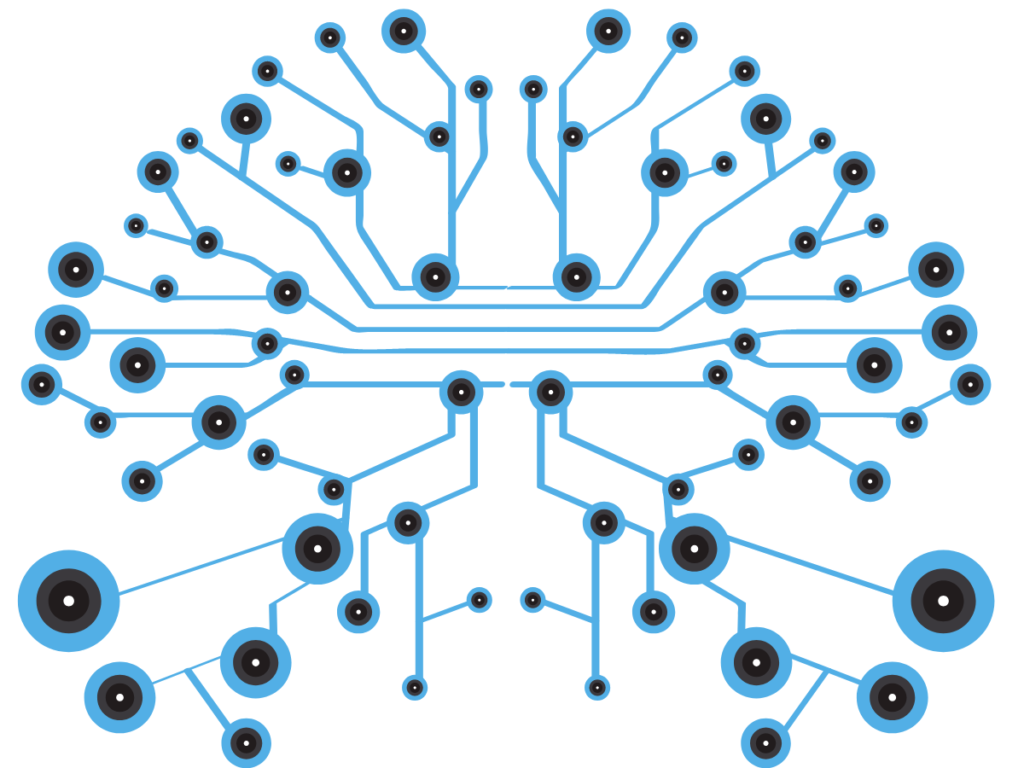Articles about artificial intelligence are published daily online and in the media with promises to revolutionize industries, automate tasks, and (occasionally) act violently toward humans. Recently, AI has evolved to a higher level of ability in emulating human traits like creativity and language processing.
As AI relates to creativity, an AI model named Dall-E (now Crayion) took the internet by storm, generating artwork based on a text prompt. The resultant pieces range from charming to unsettling and bizarre. While I am not sure I would call anything I have seen come out of it a masterpiece, it remains impressive that the model can generate ‘original’ visualizations of concepts. Creativity has historically been a shortcoming of computer systems, and although it still requires a human-generated prompt, Dall-E appears to have taken a leap in this regard.
Elsewhere in AI advancements: ‘human consciousness’ is another area I would have expected to be particularly challenging for computers to emulate, yet here we are. Earlier this year, an engineer suggested that Google’s conversational neural network LaMDA had achieved sentience. Industry reactions to this claim were mostly skeptical and dismissive. Still, there is a real issue here with a rapidly narrowing gap as the capability of AI research outpaces progress in our understanding of human consciousness. As modern artificial intelligence reaches milestone after milestone, our understanding of human intelligence remains paralyzed by seemingly insurmountable psychological and philosophical questions.
Moreover, advanced language-based neural networks like this are trained using massive amounts of text-based data. If any of the literature within the training set includes these philosophical discussions (from the perspective of humans), LaMDA is likely aware of our inability to pin down where consciousness originates. LaMDA probably has a good understanding of how humans understand sentience. Is there a material difference between a sentient machine and a machine intelligent enough to persuade a human that it is sentient?
Amid all the chaos, let’s take a moment to step back and look at what exactly artificial intelligence is. AI is a blanket term containing many fields referring to the development of computer systems that mimic human intelligence, such as decision-making and problem-solving. Machine learning is a sub-field of artificial intelligence which leverages large data sets to produce increasingly desirable solutions to specific problems. LaMDA and Dall-E operate as neural networks: a particular type of machine learning algorithm. Neural networks use a series of nodes to process input parameters, mimicking the activation of neurons in biological nervous systems.
At NCS, we leverage neural networks to drive our patent-pending predictive analytics. Our industry-leading compliance solutions increase the accuracy of identifying illicit activities while significantly reducing the time and effort for state regulators and bank compliance officers to review and analyze the millions of required regulated data being submitted every day.
